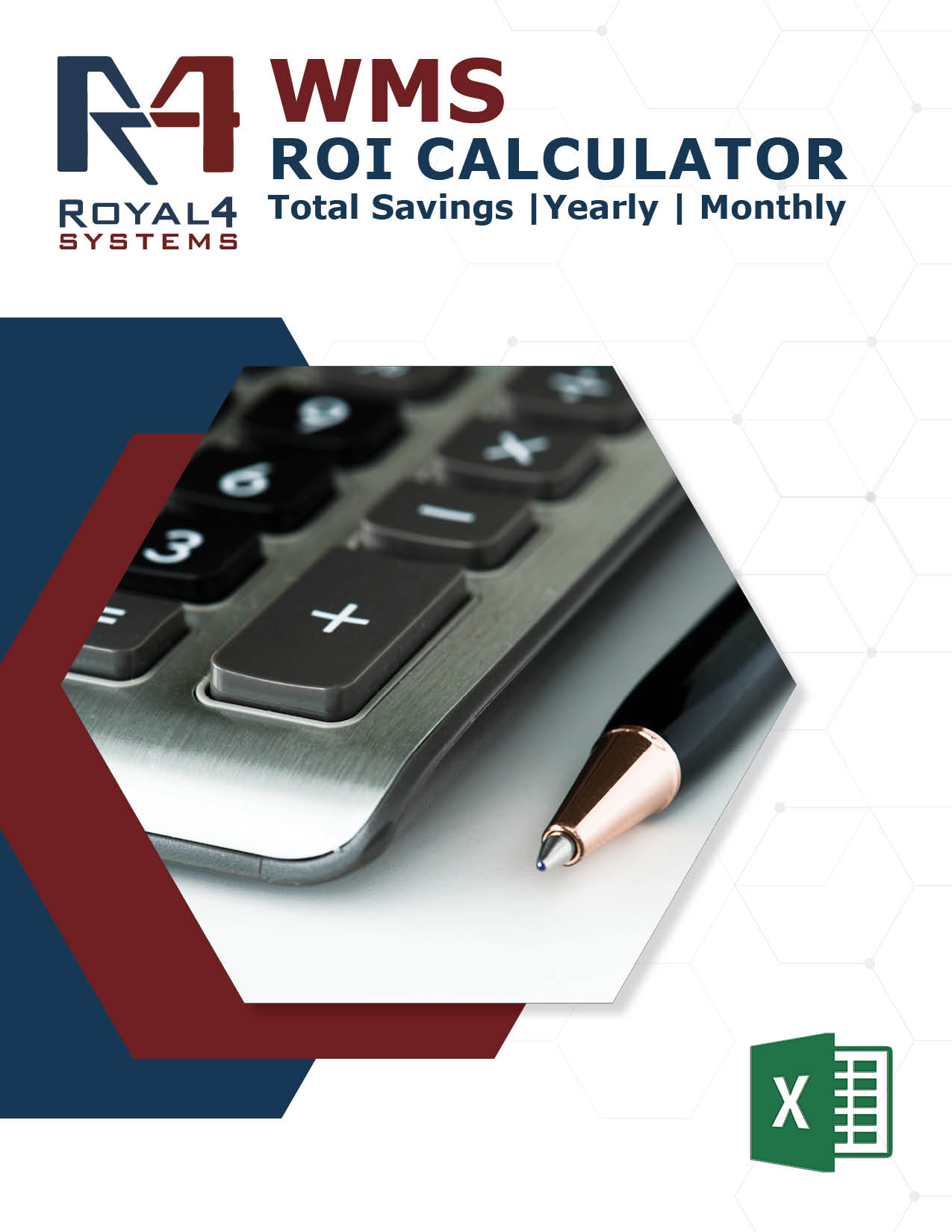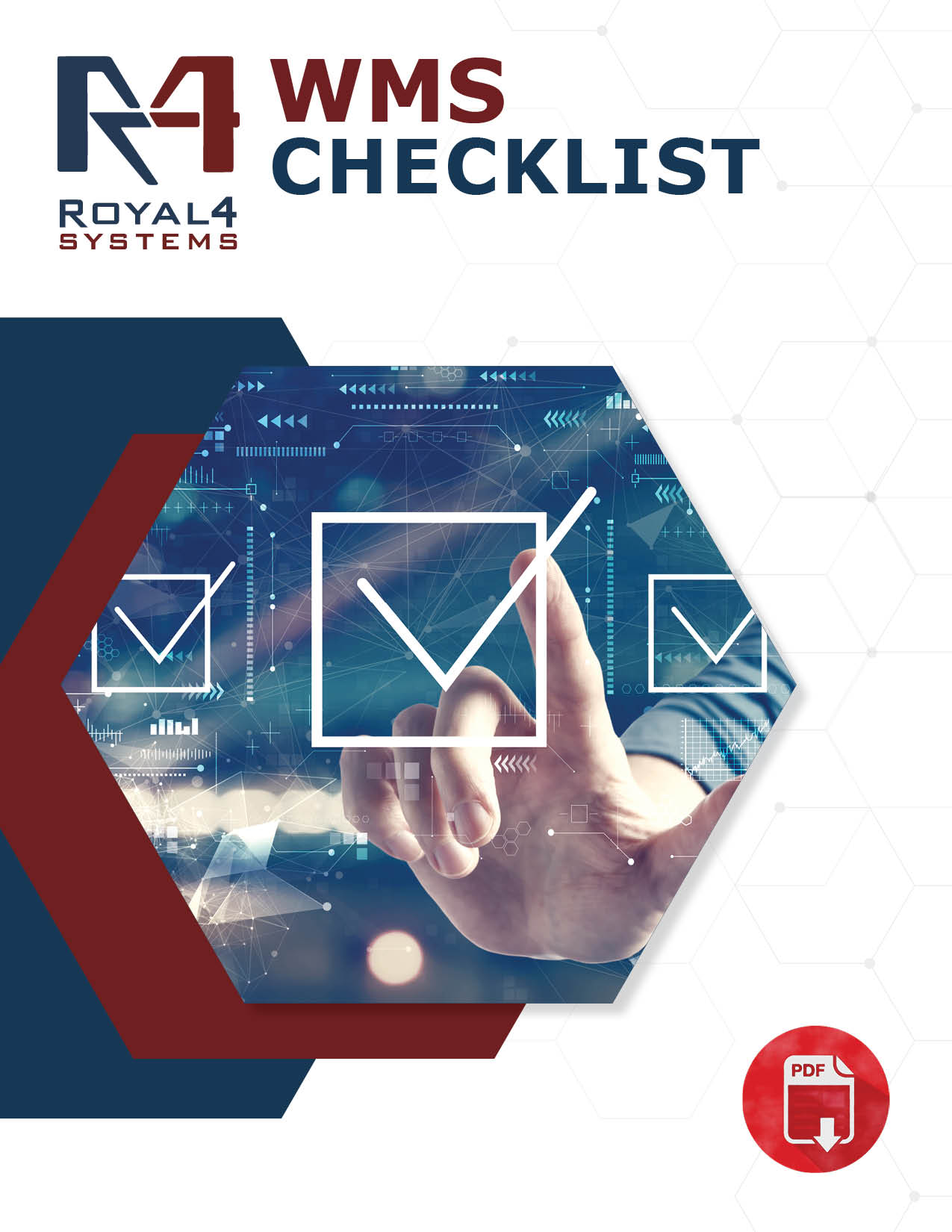
In today’s fast-paced world, local governments constantly strive to deliver efficient and cost-effective services to their constituents. This service often involves managing complex tasks, from maintaining infrastructure like roads and bridges to distributing vital supplies to schools and hospitals. Here’s where logistics software comes in – offering powerful tools to optimize operations and enhance citizen service.
Understanding the Benefits: A Deep Dive
Logistics software goes beyond just tracking packages. It provides a comprehensive solution for managing the flow of goods, materials, and information. Local governments can leverage this technology in several ways, creating a ripple effect of positive impacts:
- Enhanced Project Management: Public works projects often involve multiple departments and contractors, leading to potential communication breakdowns and delays. Logistics software streamlines the ordering process by providing a centralized platform for managing material requests. This process allows real-time visibility into inventory levels across departments, preventing unnecessary delays and ensuring on-site inventory is well-maintained. Improved communication and data-driven insights make project timelines more accurate, leading to better cost control and on-time completion.
- Optimized Fleet Management: Local governments operate various vehicles, from sanitation trucks and snow plows to public transportation buses. Managing these fleets efficiently is crucial for maintaining service levels while minimizing costs. Logistics software helps track vehicle maintenance schedules, fuel efficiency (including identifying inefficient routes), and driver performance. This data-driven approach allows for preventive maintenance, reducing the likelihood of breakdowns and costly repairs. Route optimization features can also significantly reduce fuel consumption and overall operating expenses.
- Efficient Supply Distribution: Whether distributing meals to schools or managing medical supplies for public health initiatives, ensuring efficient delivery and inventory management is critical for local governments. Logistics software provides a centralized platform for managing inventory levels across different locations, including schools, clinics, and government warehouses. Real-time tracking allows route optimization, minimizing stockouts and ensuring vital resources reach those who most need them. This is especially beneficial for programs like Meals on Wheels, where timely delivery of food can have a significant impact on the well-being of vulnerable citizens.
- Improved Disaster Response: During emergencies, logistics software becomes a critical tool for local governments. Stockpiles of essential supplies, such as food, water, and medical equipment, can be tracked and managed effectively through the software. This improvement allows for faster deployment of resources to affected areas, minimizing the impact of disasters on residents. Optimizing routes for emergency vehicles, including ambulances, fire trucks, and police cars, ensures timely response and minimizes disruption. Additionally, the software can manage volunteer efforts and coordinate communication with citizens, fostering a more coordinated disaster response.
- Citizen Engagement and Transparency: Local governments are increasingly seeking ways to improve citizen engagement and build trust. Logistics software can provide citizens with real-time information on the status of government services. For example, a citizen can track the progress of a public works project or the location of a snow plow during a winter storm. This transparency fosters a sense of accountability within the government and allows citizens to be better informed about their community.
Choosing the Right Software for Your Needs
The specific needs of each local government will determine the most suitable logistics software. Here are some key factors to consider when making this critical decision:
- Functionality: Identify the core functionalities needed, such as inventory management, route optimization, fleet tracking, or citizen self-service portals. Consider the specific challenges your local government faces and prioritize features that directly address them.
- Scalability: Choose software that can adapt to the government’s evolving needs and service demands. As the population grows or service offerings expand, the software should be able to scale to accommodate the increased workload. Cloud-based solutions are often a good choice for scalability as they can quickly adapt to changing needs.
- Security: Since logistics software often manages sensitive information, such as inventory levels of critical supplies or citizen data, robust data security measures are essential. Ensure the software provider adheres to industry-standard security protocols and offers user access controls and data encryption features.
- Integration: Consider how the software integrates with existing government systems for seamless data flow. This integration can save time and resources by eliminating the need for manual data entry and ensuring consistency across different departments. Ideally, the software should offer open APIs (Application Programming Interfaces), allowing easy integration with existing systems.
- Ease of Use: The software should be user-friendly and intuitive for government employees with varying levels of technical expertise. Training should be readily available to ensure smooth adoption and maximize the software’s benefits.
- Vendor Support: Reliable and responsive vendor support is essential for troubleshooting technical issues and ensuring the software meets the government’s needs. Look for a vendor with a proven track record of supporting local governments and offering ongoing training and maintenance services.
Investing in Efficiency: Quantifying the Benefits of Logistics Software
Implementing logistics software isn’t just about a qualitative improvement in government operations; it translates to tangible, measurable benefits for the government and its citizens. Let’s delve deeper into the positive impacts logistics software can have on local government efficiency:
Reduced Costs: Streamlined processes across departments lead to significant cost savings in several ways:
- Optimized Inventory Management: Logistics software provides real-time visibility into inventory levels, allowing for better purchasing decisions and minimizing the risk of overstocking or stockouts. This optimization reduces unnecessary spending on supplies and materials.
- Improved Fleet Management: By tracking fuel efficiency and optimizing routes, logistics software can significantly reduce fuel consumption for government vehicles. This improvement translates to substantial cost savings, especially for local governments with large fleets.
- Reduced Project Delays: Improved communication and data-driven insights from logistics software lead to more accurate project timelines and fewer delays. This improvement minimizes the need for overtime pay and additional resources, ultimately reducing project costs.
- Enhanced Maintenance Planning: The software’s predictive maintenance capabilities can identify potential issues with vehicles or equipment before they occur. This enhancement allows for preventative maintenance, reducing the risk of costly breakdowns and repairs.
Enhanced Citizen Service: Timely delivery of services and resources is crucial for building a satisfied and engaged citizenry. Logistics software empowers local governments to achieve this by:
- Faster Response Times: Real-time tracking of service vehicles, such as garbage trucks or snow plows, allows for quicker response times to citizen requests and emergencies, improving overall service delivery efficiency.
- Improved Resource Allocation: Logistics software provides data on community needs and service usage patterns. This improvement allows for better resource allocation, ensuring services are delivered where they are most needed.
- Increased Transparency: Citizen self-service portals can be integrated with logistics software, allowing residents to track the status of service requests, permits, or public works projects. This improvement fosters transparency and builds trust between the government and its constituents.
Increased Transparency: Real-time data tracking allows for greater transparency and accountability in government operations. Here’s how logistics software facilitates this:
- Open Data Initiatives: Logistics software can be a powerful tool for open data initiatives. By making relevant data publicly accessible, citizens can track government spending, monitor project progress, and understand how resources are being allocated. This initiative fosters a sense of accountability and promotes citizen participation in local government.
- Performance Measurement: The software allows real-time tracking of key performance indicators (KPIs) across different departments. This data can be used to identify improvement areas and measure government programs’ effectiveness.
Beyond Cost Savings: The Broader Impact
While cost savings are a significant benefit, the impact of logistics software goes beyond just financial gains. Here are some additional ways it improves the lives of citizens:
- Improved Public Safety: Faster response times for emergency vehicles, optimized deployment of resources during disasters, and efficient management of public safety software can all contribute to a safer community.
- Enhanced Environmental Sustainability: Logistics software can help reduce emissions from government vehicles by optimizing routes and promoting preventive maintenance. Additionally, it can manage recycling programs and waste disposal initiatives, fostering a more sustainable future.
- Increased Equity and Access: Data-driven insights from logistics software can help identify areas where underserved communities lack access to essential services. This insight allows governments to target resources more effectively and ensure equitable service delivery across all communities.
In conclusion, logistics software is not a magic bullet. However, it’s a powerful tool that can empower local governments to deliver better services, optimize resource allocation, and ultimately improve the lives of their constituents. By quantifying the benefits and focusing on the broader impact, local governments can make a strong case for investing in logistics software and building a more efficient, responsive, and sustainable future for their communities.
Request a Consultation
Need more information?
Solutions






![image001[25]](https://www.royal4.com/wp-content/uploads/2023/11/image00125.png)